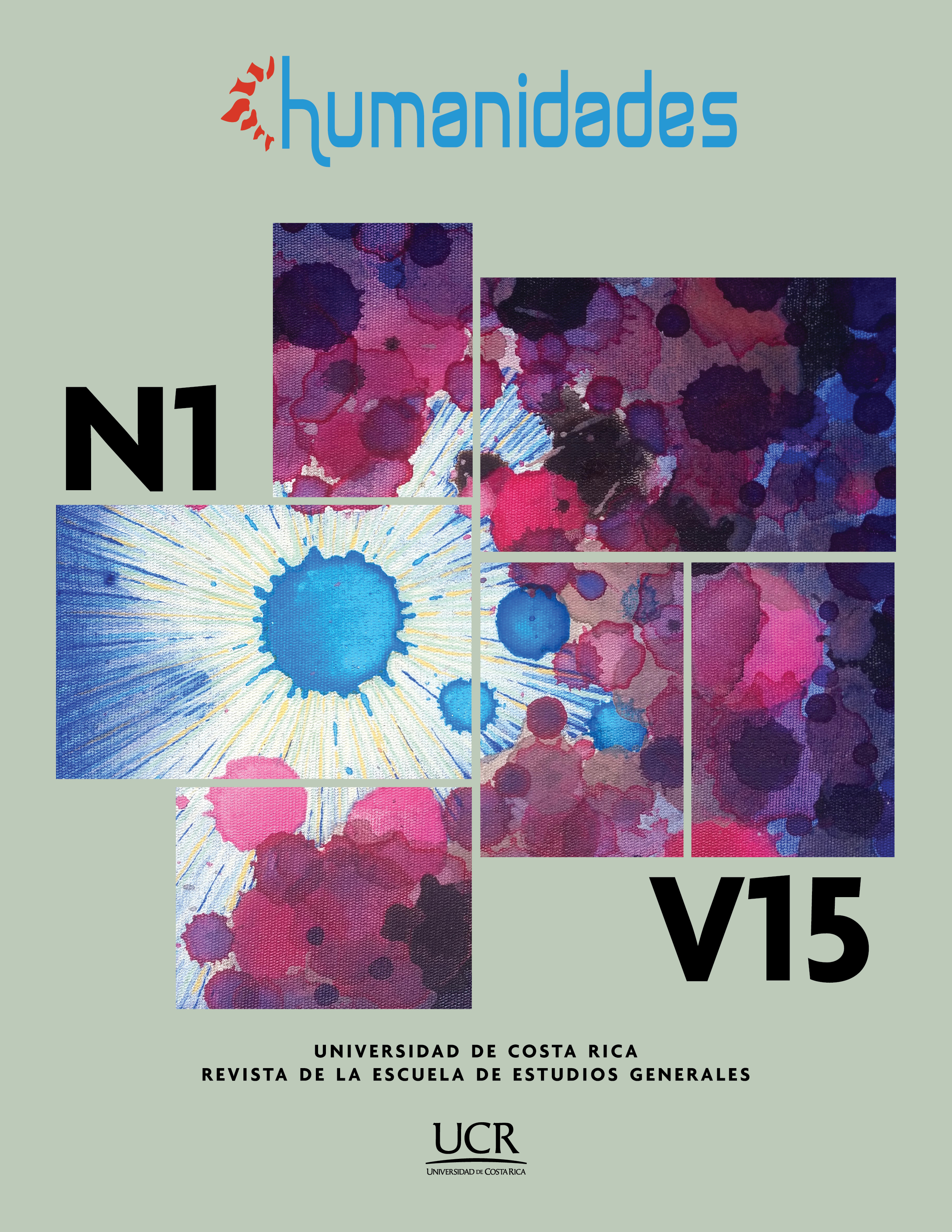Abstract
This article describes how the protagonist of the novel Cocorí becomes a successful hero according to the theory proposed by Joseph Campbell. Firstly, the Costa Rican context is analyzed; secondly, we proceed to establish some basic theoretical concepts for the analysis of the text such as hero, the stages that imply the hero’s journey, as well as some symbols that finalize the proposal under study. Lastly, a third moment is reached in which, after analyzing the character’s journey in the work, it is concluded that indeed this child unconsciously configures himself as a popular hero, who, although it is true that he does not possess divine attributes, fulfills with all the stages and requirements to become a Costa Rican folkloric hero, who returns victorious from his adventures as a new being to share his new wisdom with the rest of his people.
References
Argüello Scriba, S. (2004). La simbología de los animales en Cocorí. Káñina, 28(1, especial), 11.-20. https://revistas.ucr.ac.cr/index.php/kanina/article/view/4700
Brunk, S. y Fallaw, B. (2006). Heroes and Hero Cults in Latin America. University of Texas Press. http://ebookcentral.proquest.com/lib/uncg/detail.action?docID=3443022
Caamaño, V. (2004). Cocorí: Una lectura desde la perspectiva de la construcción identitaria costarricense. Káñina, 28(1, especial), 27-32. https://revistas.ucr.ac.cr/index.php/kanina/article/view/4702
Campbell, J. (1959). El héroe de las mil caras: Psicoanálisis del mito. Fondo de Cultura Económica.
Chevalier, J. y Gheerbrant, A. (1986). Diccionario de los símbolos (M. Silvar y A. Rodríguez, Trad.). Herder.
Chen Sham, J. (2004). El cronotopo de indias y el sujeto afrocaribeño: Recepción de Cocorí. Káñina, 28(1, especial), 33-40. https://revistas.ucr.ac.cr/index.php/kanina/article/view/4703
Chen Sham, J. (2008). Los avatares del sujeto afrocaribeño en la narrativa costarricense: De Cocorí́ a Calypso. Káñina, 32(2), 11-22. https://revistas.ucr.ac.cr/index.php/kanina/article/view/4106
Ehrlich, M. T. I. (2009). El concepto de héroe y su desarrollo en la literatura española actual. Céfiro: Enlace hispano cultural y literario, 9, 35-65. https://cefiro-ojs-ttu.tdl.org/cefiro/article/view/172
Gutiérrez, J. (1957). Cocorí. Editorial ZIG – ZAG.
Gutiérrez, J. (2006). Cocorí. Editorial Legado.
Mondol, M. (2004). Diálogo y marginalidad en Cocorí. Kañina, 28(1, especial), 41-46. https://revistas.ucr.ac.cr/index.php/kanina/article/view/4704
Navarro, J. (1978). La estructura interna del héroe cómico. Cuadernos de Filología Clásica, 15(XV), 137-166.
Ortiz, A. (1995). Mitología del héroe moderno. RIEV. Revista internacional de los estudios vascos, 43(2), 381-393.
Pérez, M. (2004). Entre la polémica y el espectáculo: Cocorí mi negro lindo. Káñina, 28(1, especial), 47-54. https://revistas.ucr.ac.cr/index.php/kanina/article/view/4705
Real Academia Española. (s. f.). Héroe. Diccionario de la lengua española. https://dle.rae.es/h%C3%A9roe
Robles Mohs, I. (2004). Cocorí: Una polifonía textual. Kañina, 28(1, especial), 61-66. https://revistas.ucr.ac.cr/index.php/kanina/article/view/4707
##plugins.facebook.comentarios##

This work is licensed under a Creative Commons Attribution-NonCommercial-NoDerivatives 4.0 International License.
Copyright (c) 2025 Revista humanidades



